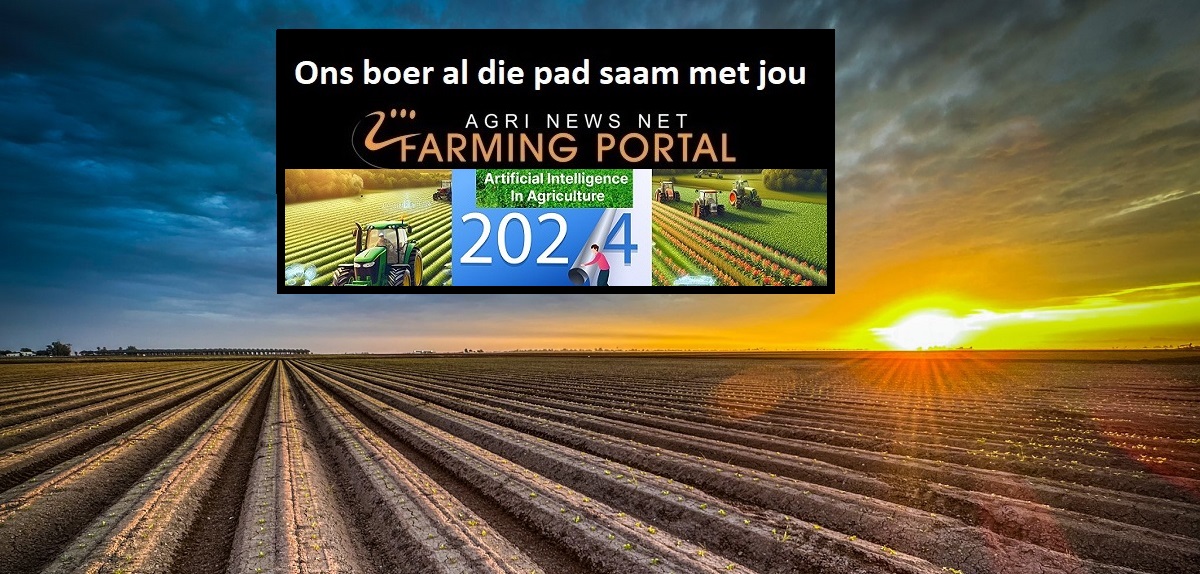Biodiversity is crucial to the global economy.
More than half (55%) of global GDP is dependent on the healthy function of the natural world, equating to $41.7 trillion, according to the Swiss Re Institute. Its research found that one-fifth of countries are at risk of their ecosystems collapsing due to biodiversity loss.
Such changes to the environment are also threatening global food security. More than 800 million people go to bed hungry each night. That’s almost one in 10 of the global population. By 2050, we will need to produce 60% more food to feed a global population of more than 9 billion, UN estimates suggest.
What is the World Economic Forum doing to help ensure global food security?
What’s causing the world’s soil to degrade?
Soil provides 95% of the food we eat. However the UN says a third of soil globally has already degraded, reducing the quality and quantity of crops and food produced. When soil degrades its capacity to support animals and plants is diminished. It loses the chemical and biological qualities that sustain the millions of organisms living within it.
Increased demand for agricultural products means more and more grassland and forests are being converted to fields and pastures for farming. Intensive agricultural practices disrupt soil structure, according to Silvia Pressel, a researcher at London’s Natural History Museum (NHM):
“They accelerate surface runoff and soil erosion, loss of organic matter and fertility and disruption in cycles of water, organic carbon and plant nutrients.” She adds that “when soil degrades, the processes that take place within it are damaged. This causes a decline in soil health, biodiversity and productivity, leading to issues at all levels of many ecosystems, and resulting in large environmental consequences such as floods and mass migration”.
Over-grazing and only growing one crop in the same area of land (monoculture) can also be highly damaging to soil, according to EU-funded research. In this farming scenario, the same nutrients are absorbed over and again, effectively leading to soil exhaustion and creating the ideal environment for pests and diseases that destroy crops, the report in Horizon magazine explains. The overuse of chemicals and fertilizers to combat this can also contaminate the surrounding environment causing further problems.
The many benefits of soil
The NHM says soil is vital to life on Earth in many other ways than providing food.
Minerals and microbes within soil play a vital role in cleaning water and filtering out pollutants.
Soil helps to regulate the movement of water and helps prevent flooding by controlling whether rainfall and irrigation water flows over or through it.
The organisms within soil can kill harmful bacteria and be used in medicine. The group of antibiotics that constitute penicillin originated from soil.
Soil plays a vital role in mitigating climate change. It is the biggest carbon sink after the oceans, helping to regulate atmospheric CO2 concentrations.
 By the numbers: the state of the world’s soil in 2022
By the numbers: the state of the world’s soil in 2022
Soil solutions in farming
Farming practices need to change in order to be able to feed a rapidly growing global population, but in more sustainable ways that avoid further land degradation. Technological advances are helping to make that happen. Here are some farming innovations already making a difference:
1. New farming tools: Using traditional tools like ploughs can damage soil by exposing microbes within it which are crucial to its health. Farming equipment supplier John Deere has developed ‘no-till’ machinery designed to cause less damage to soil, while Danish firm Agrointelli has developed a robot that can both plant and weed in a less disruptive way, the BBC reports.
2. Soil monitoring: The BBC also highlights the work of UK firm Harvest Agri, which has developed a device called a microbiometer soil test. Farmers can take a soil sample, and then use an app on their mobile device that determines which fungal and bacterial microbes are present. Elsewhere, the EU Soil Observatory has been set up by European governments to collect and track soil data. This will aid research and policy development, the EU says.
3. Agroforestry: This is a combined land management approach where trees and shrubs are integrated with crop and livestock farming systems, the UK’s Woodland Trust explains. Trees create their own microclimate, which can help crops and protect them against water and wind damage.
4. Soil satellite surveillance: Two members of the World Economic Forum’s UpLink innovation platform are using satellite data and AI technology to help solve soil issues. SoilWatch helps regenerate degraded soil in East Africa by using technology to enable low-cost nature-based solutions.
Soilify promotes the restoration of degraded land in South Asia by monitoring soil carbon change and thereby helping reduce risks for farmers associated with changing to more sustainable methods.
UpLink is an open innovation platform that creates opportunities for entrepreneurs to connect to the investors, corporate partners, experts and other organizations they need to scale. It aims to unlock an entrepreneur revolution and support positive systemic change for people and the planet.















